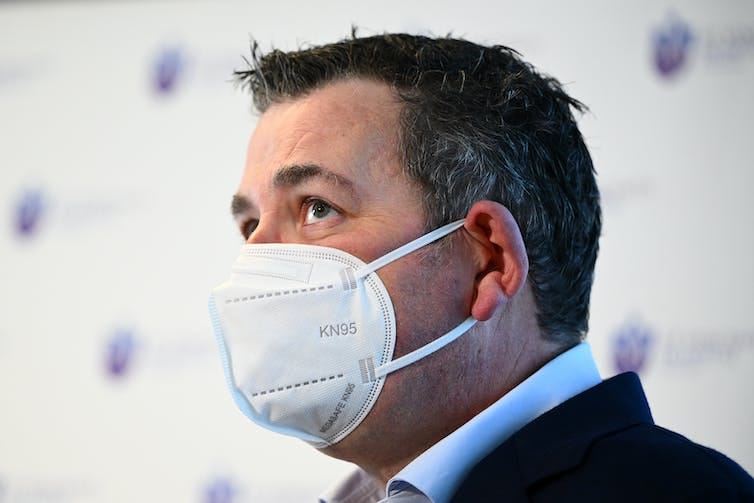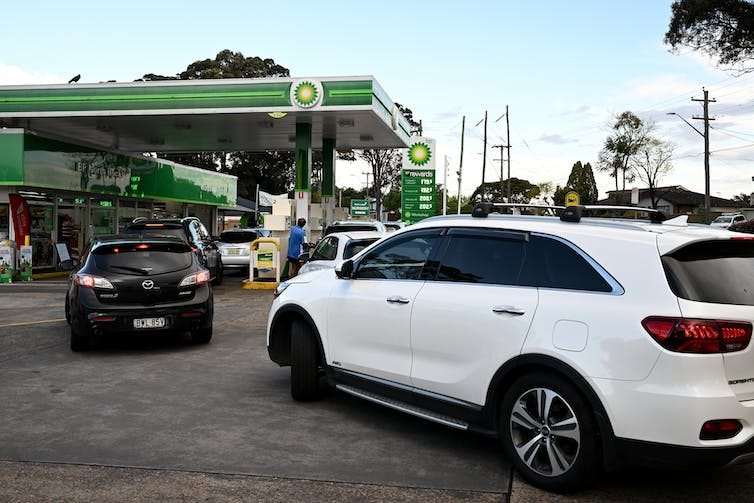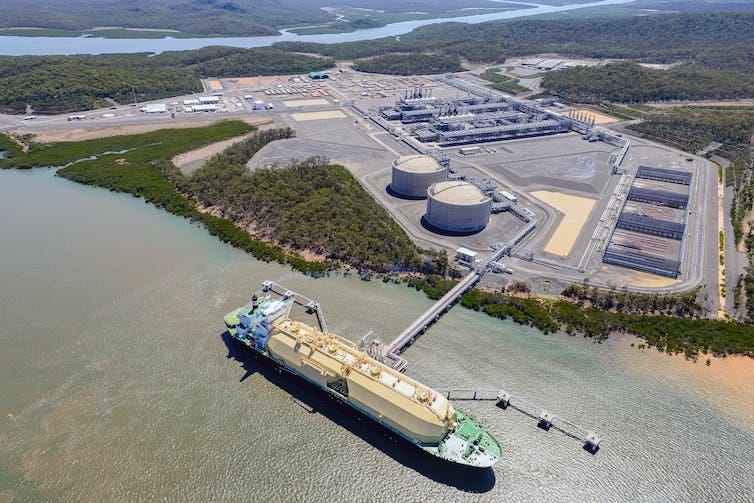From COVID to climate: Queensland’s new emissions pledge shows state governments are once again leading change
A striking development in recent years has been the increasing role of state governments in responding to global crises.
The announcement by newly installed Queensland Premier Steven Miles of an ambitious 75% by 2035 emissions cut target is a case in point.
The renewed centrality of state governments became dramatically evident as the COVID pandemic unfolded, where the states responded strongly while the Commonwealth often seemed paralysed.
But it is also true of the response to climate change, where successive national governments have been unable or unwilling to take serious action. The only notable exception – the 2012 carbon price under the Gillard minority government – was extracted by the Greens in return for their support.
Does it matter who does the work? Yes. State efforts can take us a long way towards cutting emissions. But we need federal policies on nationwide issues such as electrifying transport.
How did we get here?
Several decades of neoliberal reform and the mantra of new public management – bringing business-style competition to the public service – have hollowed out the capacity of the national government to do anything directly. Instead, they have to rely on contractors and consultants, limiting any real federal capacity for decisive policy action.
By contrast, hollowing out has been much more muted at state level, where the need to provide schools, hospitals, police and other services have kept governments closer to the actual business of policy delivery.

This pattern of Commonwealth inertia and state activism goes back as far as the 2008 Garnaut Review of Climate Change, commissioned by state governments in response to the Howard Coalition government’s unwillingness to act.
The Labor government took over support for the review after the 2007 election, but the Rudd Government was unable to secure bipartisan support for climate policies.
When the Coalition was back in office from 2013 to 2022, climate denialists in their ranks sought to do the minimum possible without openly rejecting global efforts to stabilise the climate.
By 2022 it was clear Australia would easily exceed our Paris Agreement commitment of a 26% reduction on 2005 emissions through land use change and the rise of renewables. Even so, the power of the denialists was such that the government’s backbench would not consent to an official increase in the target.
As a result, the new Albanese government could commit to a substantially higher target of 43% without any significant policy effort.
Instead of the carbon price Opposition Leader Bill Shorten had promised in 2019, Albanese offered an upgrade to the Safeguard Mechanism, introduced by the Coalition. Energy and Climate Minister Chris Bowen has ruled out modest steps such as ending the sale of internal-combustion engine cars by 2040.

Almost all states and territories now have 2030 emission cut goals more ambitious than the national 43% target:
New South Wales: 50%
Victoria: 50%
South Australia: at least 50%
Western Australia: 80% below 2020 levels
Australian Capital Territory: 65–75% below 1990 levels
Tasmania: achieved net zero in 2015.
Until last week, Queensland was the odd state out, with a 2030 target reduction of only 30% relative to 2005. The new goal – 75% by 2035 – moves Queensland from the back of the pack almost to the front.
Can Queensland really move so quickly?
The first step towards achieving this goal was largely symbolic: the knockback of a new coal-fired power station proposed by mining magnate Clive Palmer. The proposal was almost certainly unviable, as it assumed the use of economically questionable carbon capture and storage technology.
The easiest option is to accelerate the transition away from existing coal power plants. In Queensland, it’s made easier because coal generators are owned by the state.
To achieve a 75% reduction target, the government’s clean energy agency, CleanCo, will have to be expanded substantially, and coal power put out to pasture faster than already planned.
If the state fully greens its power sector, that would remove 45% of the state’s emissions.
There are harder emissions to cut. It will need policies encouraging heavy industry to shift towards carbon-free energy sources such as electricity and hydrogen derived from wind and solar energy. The necessary technologies exist for industries such as steelmaking and cement, but have yet to be fully developed.
But the really hard challenge will be when new coal mines and gas fracking projects are proposed.
When buyers burn fossil fuels exported from Queensland, these emissions don’t count towards the state’s targets. But what does count are fugitive emissions of highly potent methane, which have been systematically underestimated. Using satellites, the International Energy Agency has estimated Australia’s methane emissions from coal mines to be 81% higher than official estimates, and 92% higher than official estimates of emissions from fracking and oil extraction.
Even by Queensland’s own conservative estimates, these emissions accounted for 11% of the entire state’s total in 2018.
Miles has promised new fossil fuel projects will be assessed on a case-by-case basis.

What do we need the Commonwealth for?
State ambition will take us a fair distance, but not the whole way. On electrification of transport, states will need the Commonwealth government to lead since vehicle standards are set nationally.
Queensland’s fresh ambition puts us in the paradoxical situation where all of Australia’s states are committed to doing more than the Commonwealth. That is, in part, because states are able to do more.
But with the next federal election less than two years away, a slump in the polls and a very thin record of policy achievements, we may yet see the Albanese government leave behind its timidity and take braver action.



A niggle on cement. It’s not really about energy. Cement kilns run at >1,300 C, and need huge amounts of heat. They are very unfussy about where they get it from. Some even burn old tires, including the steel reinforcement. Green hydrogen will do; but so will green electricity, and cheaper, see previous comment. Survey of rapid progress on electric cement in Europe:
https://www.cemnet.com/News/story/174030/the-electrified-commercial-cement-kiln.html
The other half of current emissions from cement comes from the *chemistry* of calcining limestone, independently of the energy used. to drive it. The key reaction is: Ca.C.O3 ⟶ Ca.O + C.O2 . No hydrogen is involved. A lot of work is going on to find alternative cements that inherently emit less CO2, or even extract it from the air during hardening, but it’s a difficult problem.
PS: All previous comments have disappeared, in Firefox, Edge and Chrome. But a link to my earlier one in a Facebook post still works.